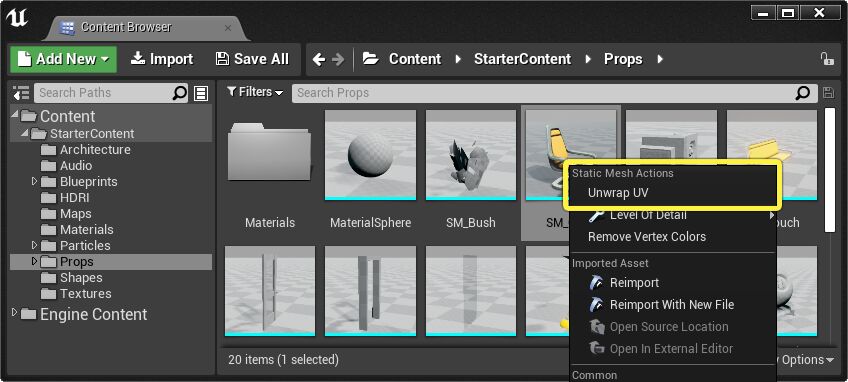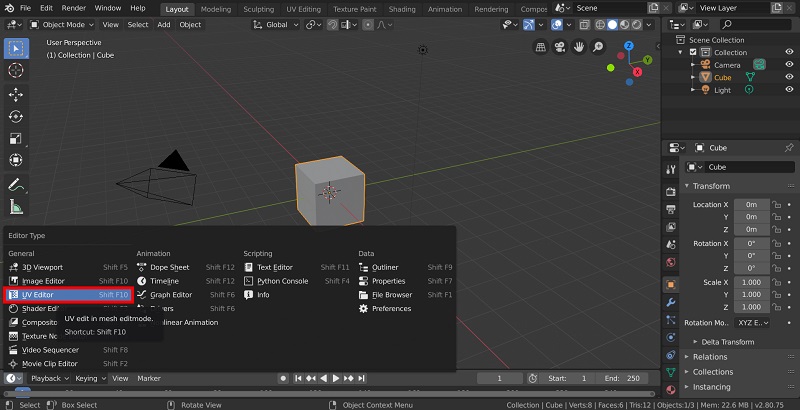
A wide variety of scenarios are available for students to experiment in, such as emergency events, so that they are able to execute the appropriate procedures when these events occur in the real world.

They can become familiar with the equipment and environment, and practice necessary skills without risking accidents to themselves, the equipment, and the environment. Simulation tools can transform abstract concepts into interactive visual content, making it easier for students to understand the performance and relationship between different system parts. They are also cost-effective over the long-term. They are able to demonstrate abstract concepts, allow interaction between users and simulated equipment, and provide users with feedback that allow users to improve their knowledge and skills. Simulation tools offer many advantages compared to traditional teaching methods. Advantages of Using Simulations in Education Today, simulations are widely used in various industries for educating due to their numerous advantages. Real-time simulation and sophisticated 3D simulation environments were developed in the 90s and incorporated into training software as computer hardware improved. The introduction of personal computers made this format of learning both practical and widely accessible. Simulation tools gradually gained traction, with new uses in industrial training emerging over the following decades. Computer scientists gathered to discuss and document simulation languages. The first simulation conference, the Winter Simulation Conference, was held in 1967. In 1960, the first industrial plant operations simulator was developed. Simulation technology continued to improve in the 1960s as computer scientists made dedicated efforts to develop the capabilities and potential applications of simulators. However, building and running simulations was very difficult and took a lot of time during this period. Their experiments were very successful and simulations became very popular, finding applications in other industries.

Mathematicians John Von Neumann and Stanislaw Ulam used newly developed computing techniques to model nuclear detonation for weapon design. The history of modern digital simulation can be traced back to WWII. As computer technology continues to improve, simulations will become more immersive and will continue transforming applications in education. Simulation tools have found numerous successes and advantages in education, being used for teaching, training, and testing applications. With origins in a math experiment during WWII, simulation technologies now have widespread applications in various industries ranging from healthcare to manufacturing to entertainment. Computer simulations have greatly evolved with progress in computer science over the past few decades.


 0 kommentar(er)
0 kommentar(er)
